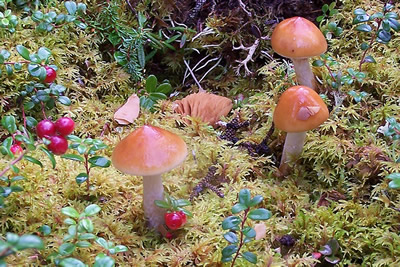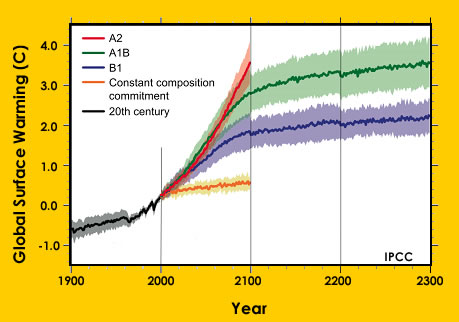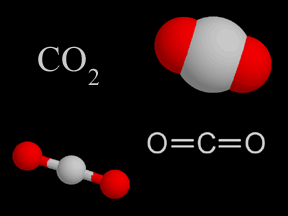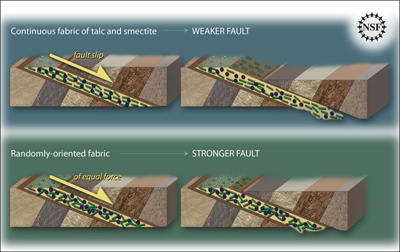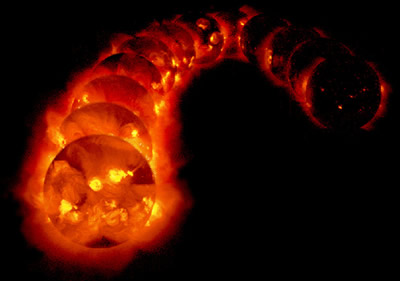Click on image for full size
Image Courtesy of Steve Allison, UCI
In Alaska's Forests, Dried Mushrooms to the Rescue?
News story originally written on November 2, 2008
A group of scientists is trying to learn more about how forests cycle carbon so they can more accurately predict climate change and global warming. To do this, they conducted a study in a northern forest because these regions will probably be hit harder by global warming. Northern forests are located in Alaska, Canada, Scandinavia, and other northern regions.
When the soil in these forests is warmed, fungi that feed on dead plant material, such as mushrooms, dry out and produce significantly less climate-warming carbon dioxide than fungi in cooler, wetter soil.
Steven Allison and Kathleen Treseder, ecologists at the University of California at Irvine (UCI) researched what happens to carbon dioxide levels when soil from a northern forest is warmed. The scientists conducted their experiment in a spruce forest near Fairbanks, Alaska. They compared soil from a greenhouse they could warm with soil in nearby unheated plots. They took measurements from May through August, and they found that by the end of the growing season in mid-August, the soil in the warmed greenhouses produced about half as much carbon dioxide as soil in cooler control plots. This is because the soil in the greenhouse had about half as much active fungi. When fungi dry out, they either die or become inactive and stop producing carbon dioxide, the scientists said.
The finding came as a surprise to scientists, who expected warmer soil to emit larger amounts of carbon dioxide; extreme cold is believed to slow down the process by which fungi convert soil carbon into carbon dioxide.


